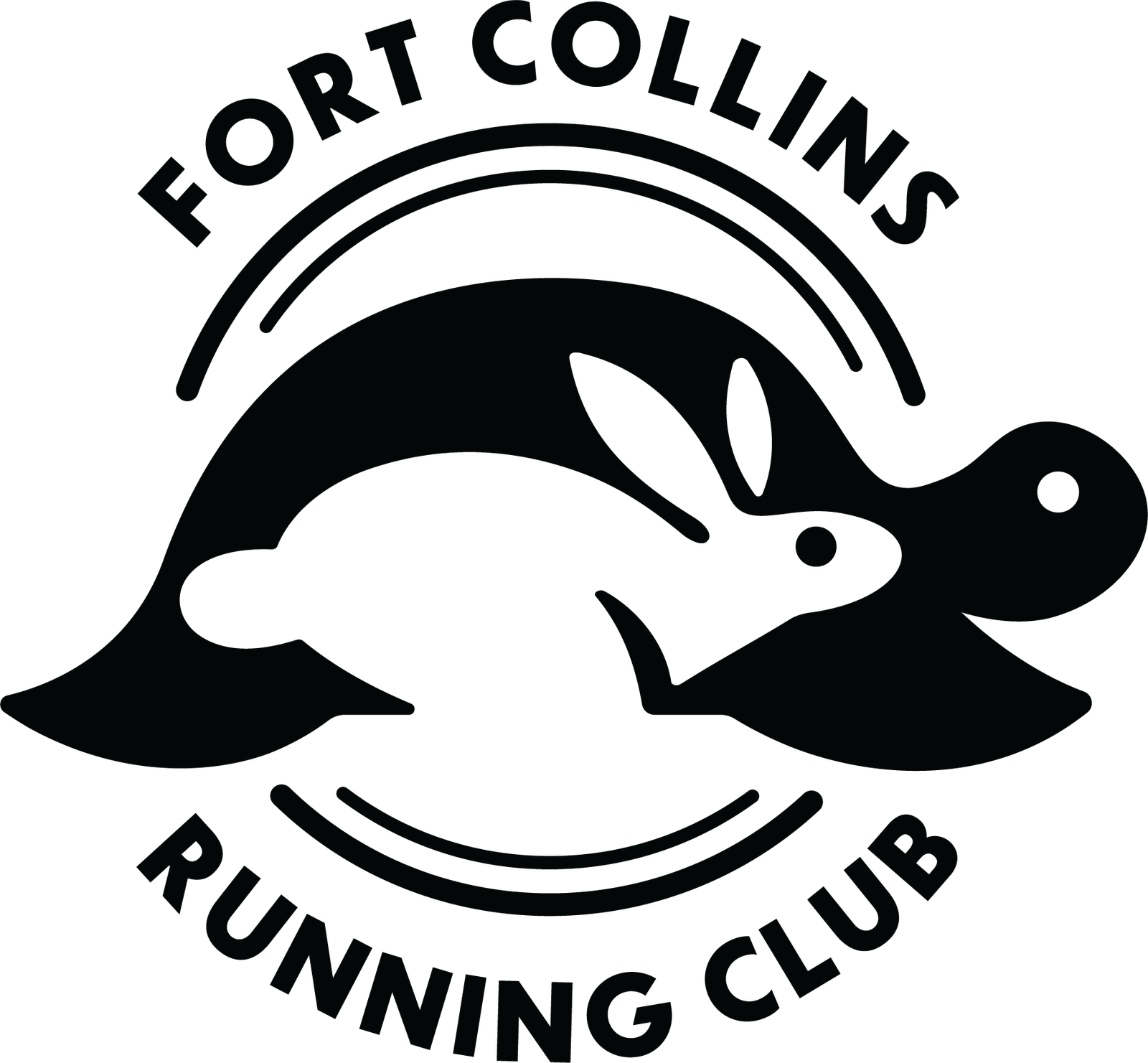Where did the half marathon race distance come from?
The half marathon has a rich history that intertwines with the evolution of long-distance running. Unlike the marathon, which has its origins in ancient Greece and was modernized for the 1896 Olympics, the half does not trace back to a singular historical event. Its popularity and formal establishment as a competitive event emerged more gradually.
Early Years
During the late 19th and early 20th centuries, as organized sports began to gain popularity, various long-distance running events were held. Marathons were becoming increasingly popular, but there wasn’t a specific focus on running exactly half of that distance.
Growth in Popularity
The running boom in the 1970s and 1980s, fueled by increasing awareness of health and fitness, along with the desire for attainable running goals, led to a significant increase in the popularity of (road) running. During this period, the half marathon began to emerge as a popular race distance. This was on two levels. Competitive runners looking for a test between the 10K and the marathon. And for amateur runners aiming for a challenging, yet achievable, distance.
First Dedicated Half Marathons
The formal recognition and popularity of the 13.1 mile race as a distinct event grew significantly in the latter part of the 20th century. It was during this time that races explicitly labeled as “half marathons” began to be regularly organized and recorded.
As for specific events, it’s hard to definitively name the first-ever 13.1-miler. The concept of racing half the distance of a marathon clearly became more defined and popular from the 1960s and 1970s onward. This period saw an explosion in road running and the organization of races of all distances, including the establishment of events that would become annual traditions and explicitly identify as half marathons.
The formal establishment of championship events and significant races dedicated to the half marathon distance, such as the IAAF World Half Marathon Championships in 1992, further cemented its status as a key event in the athletics world.
Popularity
The half has continued to grow in popularity, with events now held in cities around the globe. Its appeal lies in the balance of being a significant endurance challenge while requiring considerably less training and recovery time than a full marathon. This has made it especially popular among amateur runners.
Record Participation
Some 13.1s have become among the largest running events in the world. For example, the Great North Run in the UK has seen participation numbers exceeding 50,000 runners in some years, making it one of the biggest and most popular half marathons globally.
World Records and Elite Performance
The half has also become a stage for elite athletic performance, with world records continually being pushed lower/faster by top runners.
Kibiwott Kandie set the men’s half marathon world record in 2020 with a time of 57:31 in Valencia. Yalemzerf Yehualaw set the women’s record in 2020 with a time of 1:02:52 at the Ras Al Khaimah Half Marathon.
Time to Run?
Are you ready to lace up your shoes and run 13.1 miles? Hopefully the history of the half marathon has given a nice rundown of what got this race started. And now you can find a good one to complete, be it your first, 10th or 50th. Remember, we always have the Fort Collins Running Club‘s Horsetooth Half Marathon if you want something local! Happy running.

